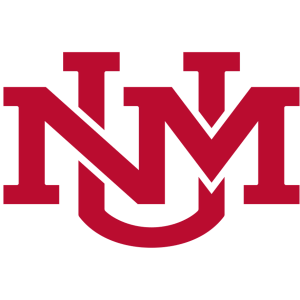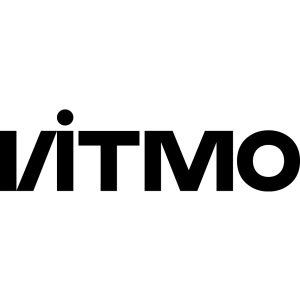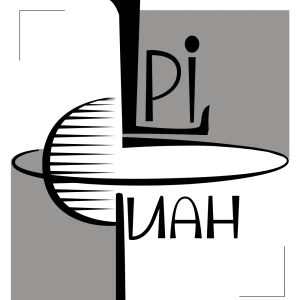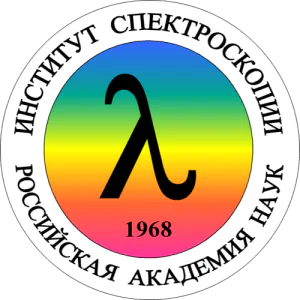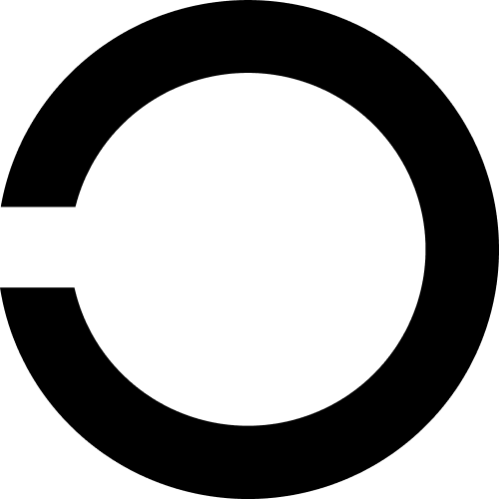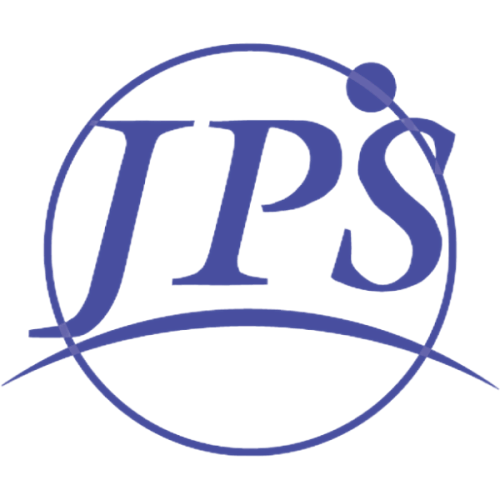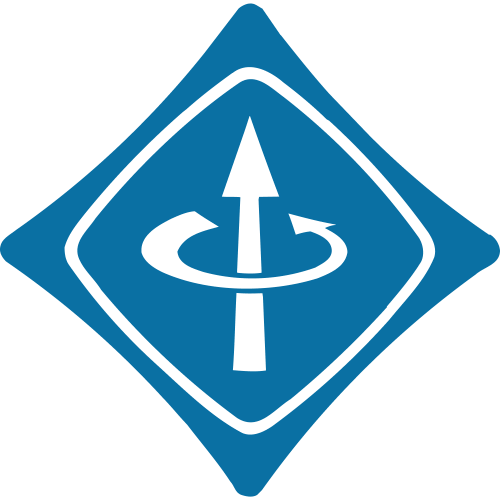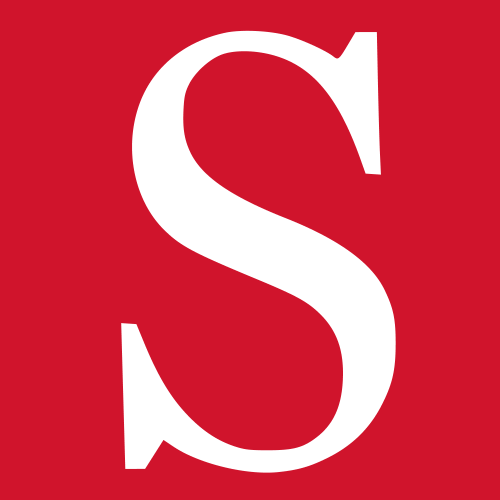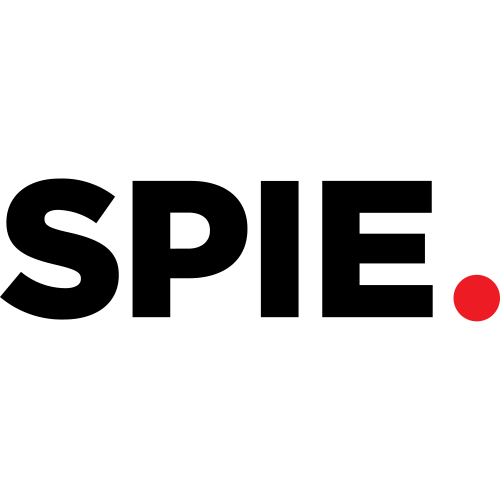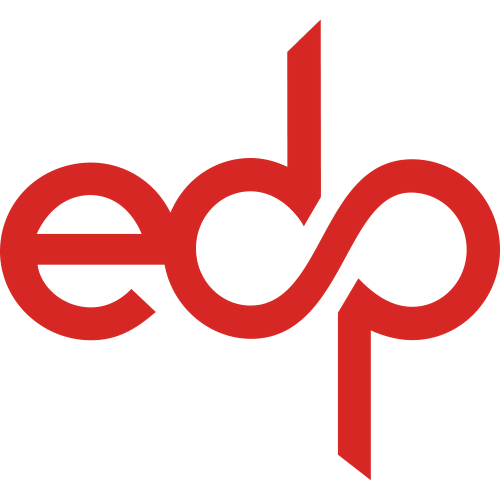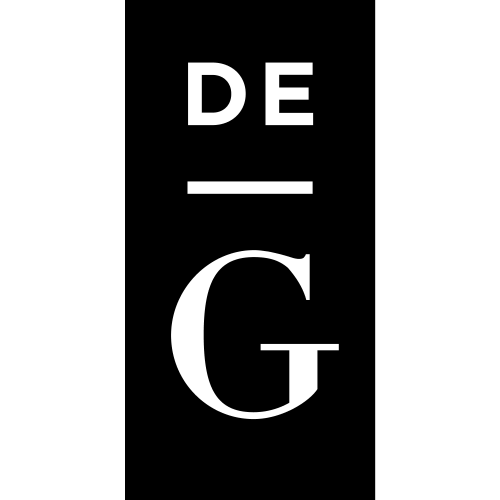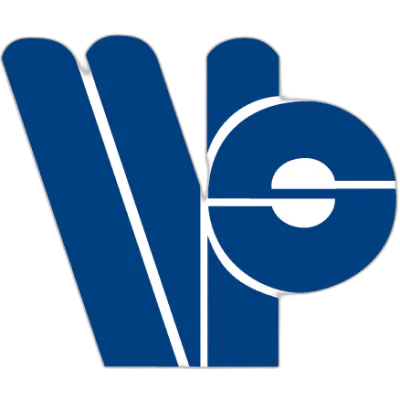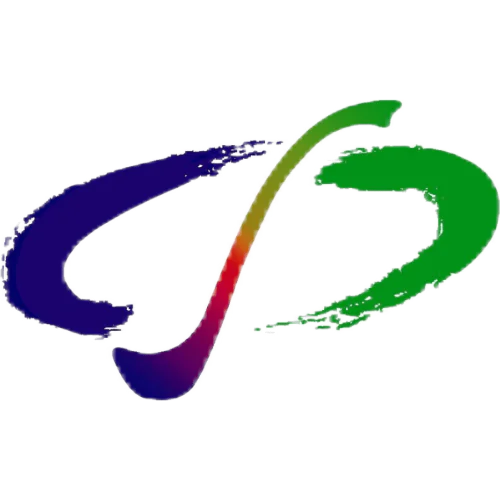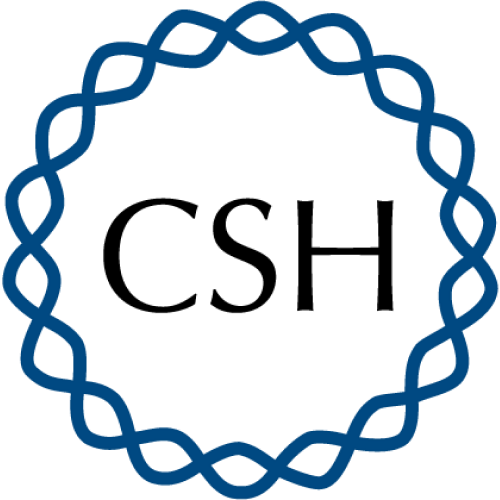Single-exciton optical gain in semiconductor nanocrystals
Publication type: Journal Article
Publication date: 2007-05-24
scimago Q1
wos Q1
SJR: 18.288
CiteScore: 78.1
Impact factor: 48.5
ISSN: 00280836, 14764687
PubMed ID:
17522678
Multidisciplinary
Abstract
Nanocrystal quantum dots have favourable light-emitting properties. They show photoluminescence with high quantum yields, and their emission colours depend on the nanocrystal size—owing to the quantum-confinement effect—and are therefore tunable. However, nanocrystals are difficult to use in optical amplification and lasing. Because of an almost exact balance between absorption and stimulated emission in nanoparticles excited with single electron–hole pairs (excitons), optical gain can only occur in nanocrystals that contain at least two excitons. A complication associated with this multiexcitonic nature of light amplification is fast optical-gain decay induced by non-radiative Auger recombination, a process in which one exciton recombines by transferring its energy to another. Here we demonstrate a practical approach for obtaining optical gain in the single-exciton regime that eliminates the problem of Auger decay. Specifically, we develop core/shell hetero-nanocrystals engineered in such a way as to spatially separate electrons and holes between the core and the shell (type-II heterostructures). The resulting imbalance between negative and positive charges produces a strong local electric field, which induces a giant (∼100 meV or greater) transient Stark shift of the absorption spectrum with respect to the luminescence line of singly excited nanocrystals. This effect breaks the exact balance between absorption and stimulated emission, and allows us to demonstrate optical amplification due to single excitons. Semiconductor nanocrystals have very good light-emitting properties, so have potential as optical amplification media that can be easily processed with solution-based techniques: possible applications include optical interconnects in microelectronics, lab-on-a-chip technologies and quantum information processing. The problem with these structures is that at least two excitons (bound electron–hole pairs) need to be present in a nanocrystal before optical gain can be achieved, and this limits performance. In effect, the excitons annihilate each other before optical amplification can occur. This obstacle has now been overcome using nanocrystals with cores and shells made from different semiconductor materials, constructed in such a way that electrons and holes are separated from each other. This makes optical gain based on single excitons possible, significantly enhancing their promise as a practical optical material for laser applications. Semiconductor nanocrystals seem good candidates for 'soft' optical gain media, but optical gain and lasing is hard to achieve owing to a fundamental optical effect, which involves the problem that at least two excitons need to be present in a nanocrystal to achieve gain, and this limits performance. Here the problem is circumvented by designing nanocrystals with cores and shells made from different semiconductor materials, and in such a way that electrons and holes are separated from each other: this makes possible optical gain based on single excitons, thereby significantly enhancing the promise of semiconductor nanocrystals as practical optical materials for a wide range of lasing applications.
Found
Nothing found, try to update filter.
Found
Nothing found, try to update filter.
Top-30
Journals
|
10
20
30
40
50
60
70
|
|
|
Journal of Physical Chemistry C
68 publications, 7.49%
|
|
|
Nano Letters
64 publications, 7.05%
|
|
|
ACS Nano
45 publications, 4.96%
|
|
|
Physical Review B
33 publications, 3.63%
|
|
|
Journal of Physical Chemistry Letters
29 publications, 3.19%
|
|
|
Journal of the American Chemical Society
25 publications, 2.75%
|
|
|
Advanced Materials
24 publications, 2.64%
|
|
|
Nanoscale
24 publications, 2.64%
|
|
|
Nature Communications
20 publications, 2.2%
|
|
|
Applied Physics Letters
18 publications, 1.98%
|
|
|
ACS Photonics
17 publications, 1.87%
|
|
|
Small
14 publications, 1.54%
|
|
|
Physical Chemistry Chemical Physics
13 publications, 1.43%
|
|
|
Journal of Chemical Physics
11 publications, 1.21%
|
|
|
Chemistry of Materials
11 publications, 1.21%
|
|
|
Journal of Materials Chemistry C
10 publications, 1.1%
|
|
|
Journal of Applied Physics
9 publications, 0.99%
|
|
|
Nanotechnology
9 publications, 0.99%
|
|
|
Optics Express
9 publications, 0.99%
|
|
|
Advanced Functional Materials
8 publications, 0.88%
|
|
|
Chemical Reviews
8 publications, 0.88%
|
|
|
Physical Review Letters
7 publications, 0.77%
|
|
|
Optical Materials
7 publications, 0.77%
|
|
|
Chemical Society Reviews
7 publications, 0.77%
|
|
|
Materials Letters
6 publications, 0.66%
|
|
|
Advanced Optical Materials
6 publications, 0.66%
|
|
|
RSC Advances
6 publications, 0.66%
|
|
|
Journal of the Physical Society of Japan
5 publications, 0.55%
|
|
|
Nanomaterials
5 publications, 0.55%
|
|
|
10
20
30
40
50
60
70
|
Publishers
|
50
100
150
200
250
300
|
|
|
American Chemical Society (ACS)
293 publications, 32.27%
|
|
|
Elsevier
98 publications, 10.79%
|
|
|
Wiley
89 publications, 9.8%
|
|
|
Springer Nature
88 publications, 9.69%
|
|
|
Royal Society of Chemistry (RSC)
81 publications, 8.92%
|
|
|
AIP Publishing
41 publications, 4.52%
|
|
|
American Physical Society (APS)
41 publications, 4.52%
|
|
|
IOP Publishing
31 publications, 3.41%
|
|
|
Institute of Electrical and Electronics Engineers (IEEE)
17 publications, 1.87%
|
|
|
Optica Publishing Group
16 publications, 1.76%
|
|
|
MDPI
10 publications, 1.1%
|
|
|
Pleiades Publishing
7 publications, 0.77%
|
|
|
Taylor & Francis
7 publications, 0.77%
|
|
|
American Association for the Advancement of Science (AAAS)
7 publications, 0.77%
|
|
|
SPIE-Intl Soc Optical Eng
6 publications, 0.66%
|
|
|
Physical Society of Japan
5 publications, 0.55%
|
|
|
Cambridge University Press
5 publications, 0.55%
|
|
|
EDP Sciences
3 publications, 0.33%
|
|
|
Walter de Gruyter
3 publications, 0.33%
|
|
|
Hindawi Limited
3 publications, 0.33%
|
|
|
Uspekhi Fizicheskikh Nauk Journal
2 publications, 0.22%
|
|
|
World Scientific
2 publications, 0.22%
|
|
|
Cellule MathDoc/Centre Mersenne
2 publications, 0.22%
|
|
|
Acta Physica Sinica, Chinese Physical Society and Institute of Physics, Chinese Academy of Sciences
2 publications, 0.22%
|
|
|
Trans Tech Publications
2 publications, 0.22%
|
|
|
Cold Spring Harbor Laboratory
2 publications, 0.22%
|
|
|
OOO Zhurnal "Mendeleevskie Soobshcheniya"
1 publication, 0.11%
|
|
|
Bentham Science Publishers Ltd.
1 publication, 0.11%
|
|
|
Oxford University Press
1 publication, 0.11%
|
|
|
50
100
150
200
250
300
|
- We do not take into account publications without a DOI.
- Statistics recalculated weekly.
Are you a researcher?
Create a profile to get free access to personal recommendations for colleagues and new articles.
Metrics
908
Total citations:
908
Citations from 2024:
53
(5.83%)
Cite this
GOST |
RIS |
BibTex |
MLA
Cite this
GOST
Copy
Klimov V. I. et al. Single-exciton optical gain in semiconductor nanocrystals // Nature. 2007. Vol. 447. No. 7143. pp. 441-446.
GOST all authors (up to 50)
Copy
Klimov V. I., Ivanov S. A., Nanda J., Achermann M., Bezel I., McGuire J. A., Piryatinski A. Single-exciton optical gain in semiconductor nanocrystals // Nature. 2007. Vol. 447. No. 7143. pp. 441-446.
Cite this
RIS
Copy
TY - JOUR
DO - 10.1038/nature05839
UR - https://doi.org/10.1038/nature05839
TI - Single-exciton optical gain in semiconductor nanocrystals
T2 - Nature
AU - Klimov, Victor I.
AU - Ivanov, Sergei A.
AU - Nanda, Jagjit
AU - Achermann, Marc
AU - Bezel, Ilya
AU - McGuire, John A.
AU - Piryatinski, Andrei
PY - 2007
DA - 2007/05/24
PB - Springer Nature
SP - 441-446
IS - 7143
VL - 447
PMID - 17522678
SN - 0028-0836
SN - 1476-4687
ER -
Cite this
BibTex (up to 50 authors)
Copy
@article{2007_Klimov,
author = {Victor I. Klimov and Sergei A. Ivanov and Jagjit Nanda and Marc Achermann and Ilya Bezel and John A. McGuire and Andrei Piryatinski},
title = {Single-exciton optical gain in semiconductor nanocrystals},
journal = {Nature},
year = {2007},
volume = {447},
publisher = {Springer Nature},
month = {may},
url = {https://doi.org/10.1038/nature05839},
number = {7143},
pages = {441--446},
doi = {10.1038/nature05839}
}
Cite this
MLA
Copy
Klimov, Victor I., et al. “Single-exciton optical gain in semiconductor nanocrystals.” Nature, vol. 447, no. 7143, May. 2007, pp. 441-446. https://doi.org/10.1038/nature05839.


